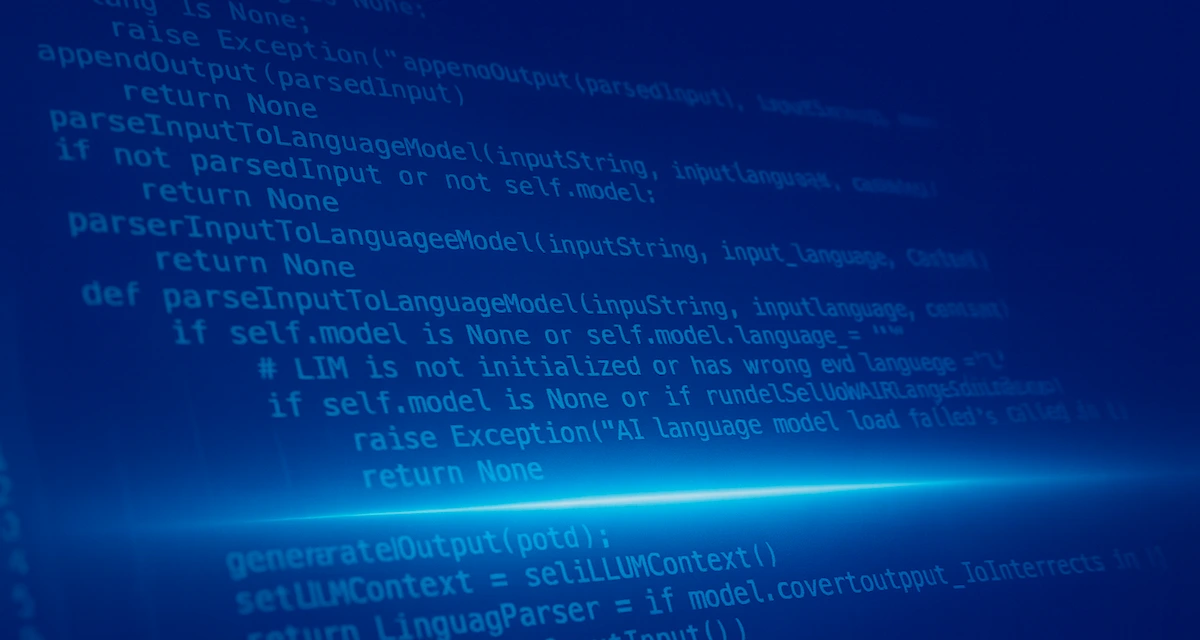Three proven approaches to digital water metering, from bus networks to complete systems
Digitalisation in the water sector is accelerating, and the topic of remote water meter reading is becoming increasingly relevant. Each utility operates under different conditions, so there is no universal solution. Lets see how to choose the most suitable approach based on meter status, investment strategy, and local context.
Different starting points, one goal: efficient data
Water utilities differ in the type and age of their meters, replacement strategies, and municipal priorities related to smart city development. It is therefore essential to clarify whether you need data collection to be comprehensive and fast, or whether you can progress step by step with regular meter renewal.
In general, there are three main approaches: using bus networks with existing meters, installing meters with direct communication, or adopting a complete system from the manufacturer. Each has its own advantages, limitations, and typical use cases.
1) Bus networks with existing meters
For many utilities, a bus system represents the most practical starting point for digitalisation. This approach enables a quick start without large-scale meter replacement – a compact device is placed in a pit or on public lighting infrastructure, collects readings from nearby meters (typically 4–10, depending on local conditions), and transmits them via a mobile network to the central system.
The main advantage lies in utilising existing meters and the proven wireless M-Bus (wM-Bus) technology, often referred to as Walk-by or Drive-by. Bus systems work particularly well in hybrid models. They can be deployed where they make sense (for example, in dense urban areas or locations with challenging signal conditions), while direct communication can be implemented elsewhere. Some infrastructure planning and basic maintenance are required, but the result is a flexible and scalable solution that supports gradual deployment and keeps investment reasonable.
2) Meters with direct communication
An alternative approach is to install water meters that communicate directly via a network, most commonly LoRaWAN or NB-IoT, although other technologies also exist. A LoRaWAN network can be operated by the city or the utility itself, and if coverage is insufficient, an additional gateway can easily be added. NB-IoT, on the other hand, uses the mobile operator’s network, removing the need to manage radio infrastructure.
Direct communication is elegant in straightforward environments, but it is essential to realistically assess signal propagation from pits, this directly affects transmission reliability. If the device cannot connect, an additional LoRaWAN gateway can help; for NB-IoT, performance depends on operator coverage and correct device configuration.
3) Complete system from the manufacturer
A third option is to purchase a complete, all-in-one solution from the meter manufacturer. Implementation is typically quick and compatibility is guaranteed, but the cost is usually higher and it creates dependence on a single supplier.
This approach makes sense where simplicity, speed of deployment and long-term cooperation are key. Even then, it is essential to insist on open data interfaces to ensure future scalability and interoperability.
How to choose the right approach
Regardless of the chosen path, it is always wise to start with an audit:
- What types of meters do you currently use (mechanical or ultrasonic, and with which communication capabilities)?
- How quickly do you need to cover the area?
- What are the priorities of the infrastructure owner?
- How do terrain and building conditions vary across locations?
A practical next step is to conduct a pilot in several representative zones, comparing data delivery success rates, installation effort, battery life, and fault behaviour. Bus-based solutions often excel here – they allow you to quickly “light up” data without waiting for mass meter replacement, while remaining open to combining with direct communication where beneficial.
Economic perspective: CAPEX vs. OPEX
The decision between the three approaches is largely an economic one. Bus systems typically save CAPEX by leveraging existing meters and spreading investments into smaller phases, but they add several field devices that need to be installed and maintained.
Direct communication reduces the need for intermediate hardware but may require network optimisation and introduces unit costs for connectivity. Closed systems can accelerate deployment, but total cost of ownership (TCO) should always be recalculated over a 5 to 10 year horizon, with careful attention to interoperability.
Summary and recommendations
If you need data quickly, cost-effectively, and without replacing all meters, start with bus systems and wM-Bus. Once you gain operational experience, you can complement the system with direct communication where it adds value.
If simplicity and single-supplier cooperation are priorities, consider a complete manufacturer system, but insist on open data interfaces.
We at ACRIOS can assist in designing a tailored combination of technologies that reflects your meter renewal strategy, local terrain, and budget, ensuring that the first step is not also the last.
FAQ about remote reading system for water utilities
Do we need to replace all meters to enable remote reading?
No. A bus system allows you to keep existing meters and add a module for wireless data transmission. Remote readings can thus start without mass meter replacement.
How reliable is data transmission via bus systems?
Bus devices typically serve 4–10 meters depending on local conditions. The wM-Bus technology is well-established and has been in long-term use across European water utilities.
What is the difference between LoRaWAN and NB-IoT?
LoRaWAN is an open network that can be built by the utility or municipality; coverage can be easily improved by adding gateways. NB-IoT uses the operator’s mobile network, eliminating infrastructure management but relying on operator coverage.
What does operating remote readings cost?
Costs depend on the chosen approach. Bus systems usually mean lower initial investment but require installation and maintenance of additional field devices. Direct communication reduces infrastructure costs but may involve higher per-device connectivity charges.
How can we decide which option is best for our utility?
It depends on the condition and type of your meters, the replacement strategy, and ownership priorities. Many utilities start with bus systems because they enable a fast rollout without major investment and keep future technology options open.
Can different approaches be combined?
Yes. In practice, hybrid models are common: direct communication in well-covered areas, bus systems in complex zones, and in some cases, complete manufacturer solutions. The key requirement is to maintain open interfaces.
How should we start if we are only considering remote reading?
The best way is to launch a pilot project in several diverse locations. This provides real data on transmission reliability, battery life, and installation complexity, enabling you to choose the best model for large-scale deployment.
Want to design the ideal technology mix for your water utility? Contact us for a no-obligation consultation.




.webp)


